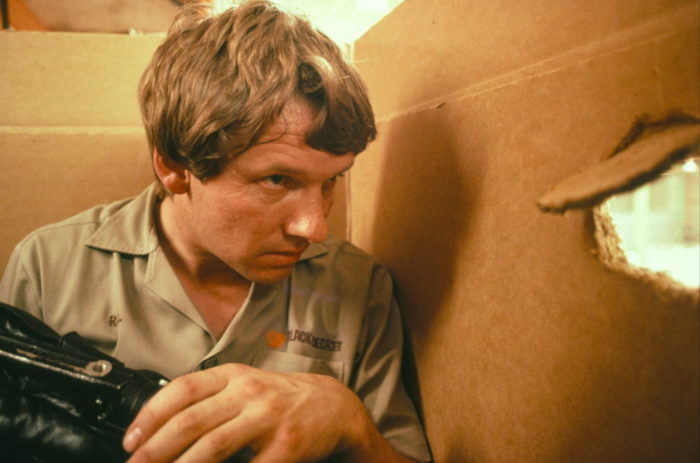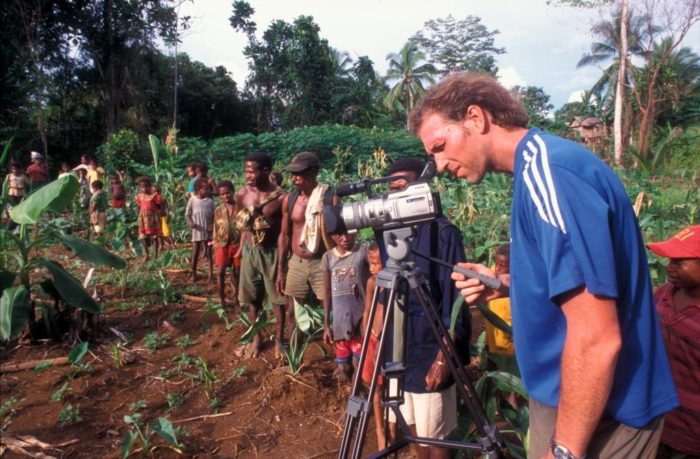Investigator Week: Means to an end – a brief history of EIA’s undercover investigations



The word “investigation” is in the middle of EIA’s name and at the core of our campaigning philosophy. By bearing witness and obtaining first-hand evidence of environmental crime and abuse through painstaking investigations, we have secured protection for the environment and endangered species while disrupting the activities of a host of criminal enterprises looting the natural world.
When EIA was created in 1984, its three founders had a clear vision to create a nimble organisation which could pioneer a new, powerful campaigning approach based on field investigations to obtain documented evidence of crimes against nature, which could be used for positive change.
This notion was quickly put into practice in August 1984 when a small team traversed the Faroe Islands, gathering the first images of the annual pilot whale hunt and bringing it to global attention, despite threats and intimidation.
By the late 1980s, EIA had grown and was involved in a major ground-breaking investigation into the illegal ivory trade, spanning three continents and a multitude of field trips. Our interest was sparked by a meeting with a source in a London pub, who had evidence of suspicious shipments of ivory tusks moving from Tanzania to the United Arab Emirates. We set out to collect our own proof, an endeavour which would involve a succession of field trips over several years as one lead pointed the way to another.

Undercover, inside a box and hoisted up on a forklift in UAE (c) EIAimage
A key moment came when we tracked down an ivory-carving factory in a UAE free trade zone, run by a family of ivory traffickers based in Hong Kong. Yet obtaining vital visual evidence of the operation was extremely challenging; ultimately, one investigator was hoisted up on a forklift truck in a nearby warehouse, concealed in a cardboard box, and was able to secretly film the carving operation in action. The painstaking effort and risk were worth it – our footage was broadcast on major news channels and played a vital role in building political support for the global ban on the ivory trade agreed in 1989. In honour of the precious footage, one of the fake companies created for investigations was named Box Films.
After a succession of undercover investigations into illegal trade in endangered species – notably elephants, parrots, whales and dolphins, rhinos, bears and tigers – in the late 1990s, EIA deployed its skills to curb the new and burgeoning illegal trade in ozone-depleting substances such as CFC chemicals, used in refrigeration and air-conditioning, which were responsible for the ozone hole. While trade in CFCs was ostensibly controlled under the Montreal Protocol agreement of 1987, we began hearing rumours of widespread smuggling and set out after the main culprits and trafficking routes.
Penetrating the world of CFC smugglers involved a different approach from wildlife investigations; a list of suspects was drawn up based on intelligence from sources inside the industry and combing through trade brokerage websites. Our investigators had to learn the terminology of the industry and specifics such as prices, packaging options and shipment terms to be able to pose as credible buyers; a front company was created and engagement began with the suspect via fax and email. Being careful not to induce the targets to behave illegally, we identified a series of traders actively smuggling CFCs. One Chinese smuggler even sent a fax to our fake company stating: “Frankly speaking, we are supplying CFC overseas … the above is our secret between you and me. Please do not leak it out”. Needless to say, we did, using this and other evidence to convince Montreal Protocol signatories to take action against illegal CFC trade.
Since the turn of the century, EIA has deploying its investigative skills to uncover the massive global trade in stolen timber generated through illegal logging. Investigators had to become proficient in the timber trade to pass as brokers or buyers during face-to-face meetings with suppliers of illegal timber. As always, we sought to document the complete supply chain, involving expeditions to remote forest areas where illegal logging was occurring, to ports from which the wood was shipped and on to the end markets such as the UK.

EIA Campaigns Director Julian Newman, working in Papua, Indonesia (c) EIAimage
One of the most ambitious forest investigations undertaken involved piecing together the $1billion trade in precious merbau trees from the Papua region of Indonesia to China and end markets in Europe and the US. This two-year investigation entailed field trips to the remote forests of Papua and huge wood processing factories in eastern China; through undercover meetings, EIA constructed a full picture of the timber trafficking syndicates involved, spanning Indonesia, Malaysia, Singapore, Hong Kong and mainland China. We also became the first group to infiltrate the Chinese port of Zhangjiagang, at that time the world’s biggest trade hub for stolen tropical logs. When our findings were released in early 2005, the Indonesian President requested a copy of the report and launched the biggest ever clampdown on illegal logging his country has seen.
Our modus operandi for investigations has constantly changed to keep pace with developments in technology and society. Years ago, hidden cameras were bulky and cumbersome, a short battery life meaning frequent visits to the toilet during undercover meetings; today’s covert devices mark a huge advance, especially in terms of reliability and security. Further, the advent and spread of social media has made it easier for investigators to engage with targets remotely, building up a profile before a first physical meeting and exchanging live information on illegal products being traded and shipments in process.
Despite these changes, EIA continues to pioneer the use of investigative techniques to curb environmental crime; our recent report The Shuidong Connection involved lengthy undercover engagement with a group of wildlife traffickers and provides the most detailed insights to date into how an ivory syndicate operates.
Our investigations are not an end, but a means to end. The work does not finish with publication of a report or an exposé on the news; rather, the investigative findings are part of a carefully calibrated campaigning strategy to achieve positive change, be it enforcement action against a specific syndicate or a policy change to better protect our environment.